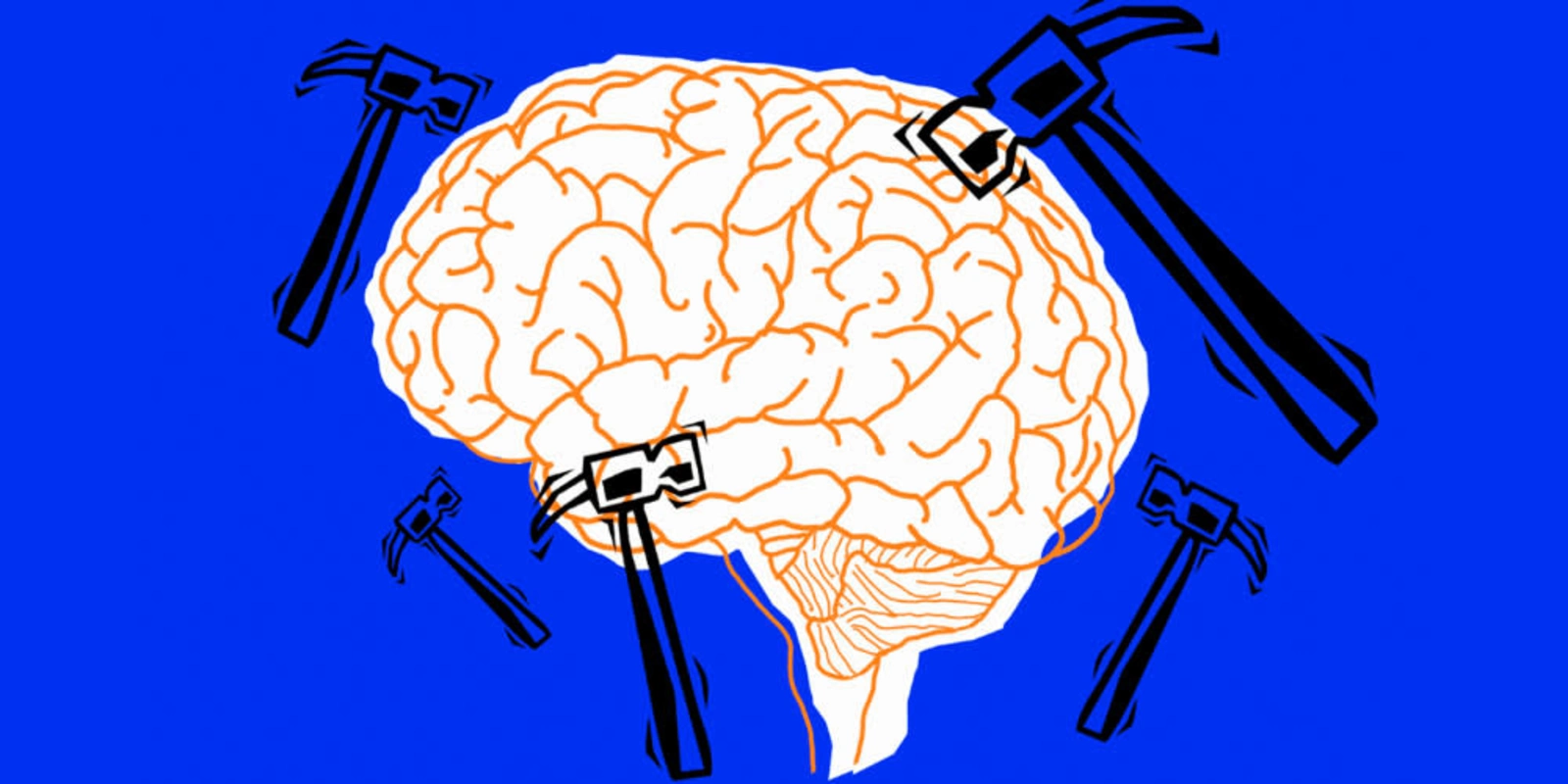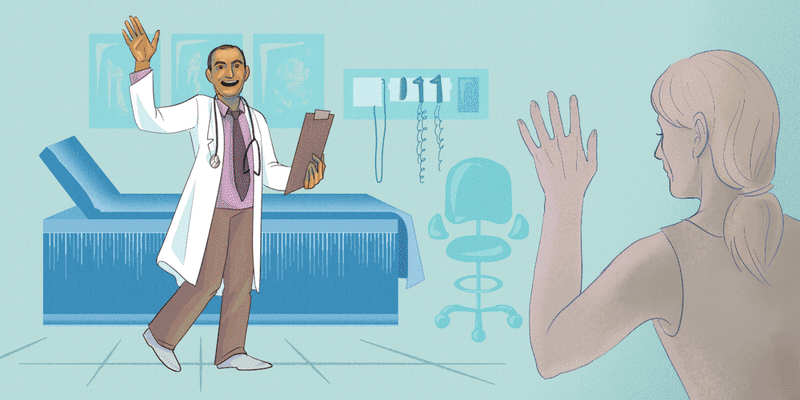An investigational non-pharmaceutical device was able to effectively treat acute migraine attacks, according to research presented at the American Academy of Neurology (AAN) annual meeting.
Significantly more patients using the Mi-Helper device, which delivers a controlled stream of conditioned air via a transnasal nebulized mist, had pain freedom at 2 hours vs. those who received sham.
“Mi-Helper is a promising non-invasive drug-free alternative for acute migraine treatment,” said study author MaryAnn Mays, MD, a neurologist in the Center for Neuro-Restoration at the Cleveland Clinic, who presented the findings. “The treatment is short and provides quick acting and durable relief.”
The Mi-Helper is a thermal neuromodulation device that is semi-portable and similar in size and portability to a standard CPAP machine. It delivers a flow of dehumidified room air to the nasal turbinates, providing stimulation to nerve pathways linked to pain modulation. Targeting the sphenopalatine ganglion (SPG), a nerve bundle behind the nasal passages involved in migraine pathophysiology, modulation of the SPG through transnasal evaporative cooling has previously shown promise in providing relief from migraine attacks, Mays explained.
Mays and colleagues now evaluated the safety, efficacy and tolerability of the administered Mi-Helper neuromodulation device in the treatment of acute migraine, with or without aura. They conducted a randomized, prospective, decentralized trial in an adult population aged 18-65 years. A total of 128 participants were treated with Mi-Helper, which they self administered at home.
The cohort was randomized to one of three doses -- 4, 6, or 10 L per minute (LPM) -- or sham treatment. A single migraine attack was treated for 15 minutes within 1 hour of onset, and no other therapies were allowed during that time frame. The primary endpoints of the study were the proportion of participants achieving pain relief and pain freedom at 2 hours post-treatment, and secondary endpoints included sustained pain relief and freedom between 2-24 hours post treatment, and tolerability.
A total of 74 participants were included in the final analysis. Among them, 14 were assigned to 4LPM of Mi-Helper, 18 were assigned to 6LPM of Mi-Helper, 17 were assigned to 10LPM of Mi-Helper and 25 were assigned to sham.
The results showed that the 10LPM was “the best active dose” of Mi-Helper, said Mays.
A significantly higher proportion of patients in the 10LPM group experienced pain freedom at 2 hours as compared with sham (47.1% vs. 16%.) A higher proportion of patients in the 10LPM group (70.6%) achieved pain relief at 2 hours versus sham (56%), but the difference was not statistically significant. Sustained pain freedom without needing rescue medication was also higher in the 10LPM dose group compared with sham (41.2% vs. 16%), but the finding did not reach statistical significance. However, the p-value was slightly above the conventional threshold for significance (p=0.069).
"The device was well tolerated and there were no treatment discontinuations or serious safety events," Mays said. All treatment related adverse events were graded mild or moderate, and primarily among those receiving the 10LPM dose.
“These results merit further study and recruitment for a decentralized pivotal trial to further assess Mi-Helper began in March,” Mays concluded. “Results of this study are anticipated in November 2025.”
Mays MA, et al. Mi-Helper transnasal cooling for acute migraine treatment: A prospective, double-blind, randomized, sham-controlled, decentralized dosing study. Presented at: American Academy of Neurology Annual Meeting; April 5-9, 2025; San Diego.
Disclosures: Mays reports financial relationships with AbbVie, CoolTech Medical, Dynamed, Oakley Health and Pfizer. She also reports that her institution has received research support from Amgen and Lundbeck.
The study was supported by Mi-Helper Inc.
Image by VICTOR HABBICK VISIONS/SCIENCE PHOTO LIBRARY / Getty Images






